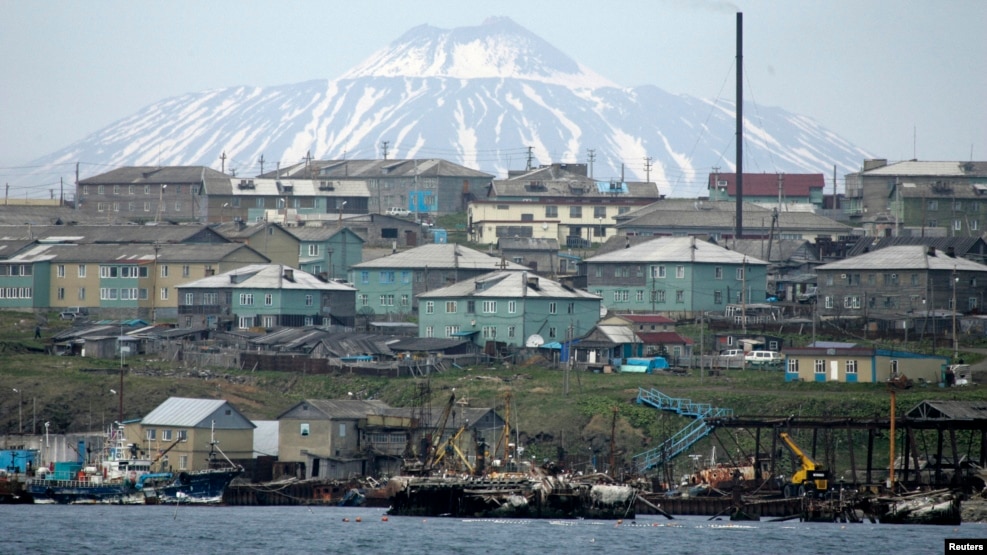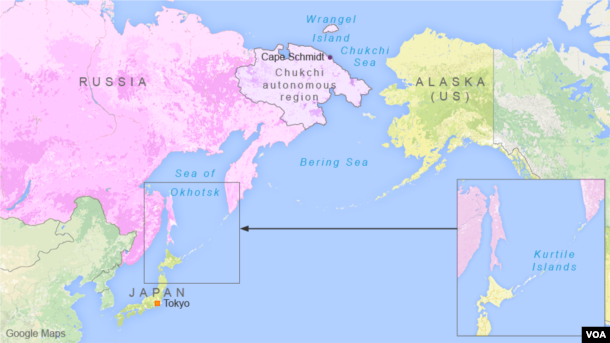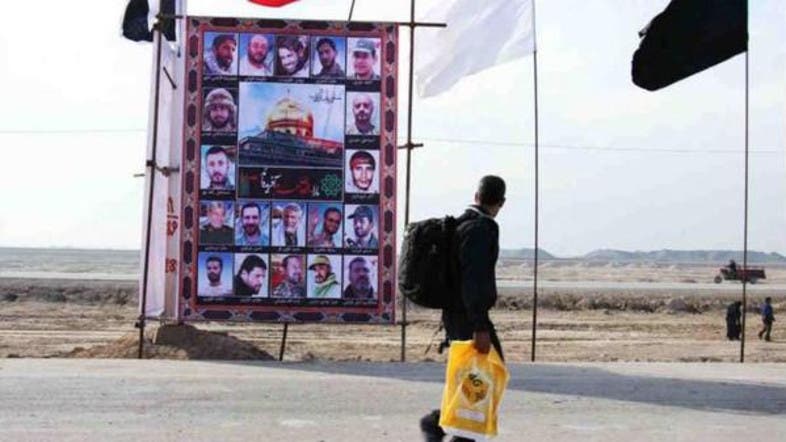Pakistani air force chief warns India against full-scale war
FNC: – Pakistan’s air force chief on Thursday warned archrival India against escalating the dispute over Kashmir into full-scale war, urging New Delhi to exercise restraint.
Marshal Sohail Aman’s warning came as tensions are soaring between Islamabad and New Delhi over the contested Himalayan territory where Pakistan said Indian fire on Wednesday killed 12 civilians and three soldiers — the deadliest incident in weeks of border clashes.
Aman said that if Indian forces escalate the crisis, Pakistani troops “know full well how to deal with them.”
On a visit to Islamabad, British Foreign Secretary Boris Johnson held talks with his Pakistani counterpart, Sartaj Aziz.
Afterward, Johnson expressed concern over the Kashmir escalation and appealed to the two South Asian countries “to maintain a positive dialogue” to resolve the dispute of the territory, which is split between Pakistan and India and claimed by both in its entirety.
The two neighboring countries have fought two of their three wars over Kashmir, which remains one of the world’s most intractable conflicts.
In Wednesday’s escalation, Indian artillery and shelling hit several villages along the Line of Control that divides the Pakistan- from India-controlled sector of Kashmir, killing 12 civilians. Three Pakistani soldiers were later also reported killed in an exchange between the two sides.
The exchange came a day after the mutilated body of an Indian soldier was found in Kashmir. The Indian military did not say whether the soldier was killed by Pakistani soldiers or Kashmiri rebels, who have been fighting against Indian rule since 1989.
Also Thursday, Prime Minister Nawaz Sharif held a high-level security meeting to review the Kashmir situation.
“We will never abandon our Kashmiri brethren in their freedom struggle,” Sharif later said, according to a government statement.
Fighting Intensifies Between India and Pakistan on Kashmir Line of Control
NEW DELHI — Shelling and gunfire intensified on Wednesday on the de facto border between India and Pakistan in the Kashmir region, killing nine civilians on a bus one day after the Indian Army promised retribution for what it said was the killing of three of its soldiers.
Pakistan said Indian troops fired on a bus in the Neelam Valley on Pakistan’s side of the Line of Control in the disputed Kashmir region, killing the nine passengers and seriously wounding nine others. The Indian military also fired on rescue workers in an ambulance trying to reach the wounded, Pakistan said.
In other violence reported on Wednesday, the Indian military also killed three Pakistani soldiers, including a captain, Pakistan said, and Pakistani forces retaliated, killing seven Indian soldiers.
A high-level Pakistani diplomat, Deputy High Commissioner Syed Haider Shah, called the violence “a serious escalation of the situation” and a “grave breach of international and humanitarian law.”
Brig. P. S. Gotra of the Indian Army’s northern command defended India’s actions but did not comment on Pakistan’s allegations that Indian forces had targeted civilians and fired on an ambulance.
Exchanges of gunfire along the Line of Control that divides Kashmir have been unrelenting in recent months, despite a cease-fire agreement that was signed in 2003. The violence was amplified Wednesday, with Pakistan asserting that civilians had been killed. Exchanges of fire took place at more than a dozen locations, Brigadier Gotra said.
The Indian Army, on its official Twitter site, said the directors general of military operations of the two sides held talks on a hotline on Wednesday evening at Pakistan’s request.
Maj. Gen. Sahir Shamshad Mirza, Pakistan’s director general of military operations, said in a statement that in the conversation he complained that targeting civilians was “highly unprofessional and unethical.”
“Pakistan reserves the right to respond at the time and place of our choosing,” General Mirza said.
His Indian counterpart, Lt. Gen. Ranbir Singh, said he “expressed grief” about the civilian casualties on the Pakistani side but asserted that his military had targeted only locations where cease-fire violations against India were being initiated. He complained of the mutilation of Indian soldiers by militants believed to have come across the border from Pakistan.
On Tuesday, the Indian Army said that three of its soldiers had been killed on the border and that one of the bodies had been mutilated. The army promised to retaliate for “this cowardly act.” In past statements, mutilation has referred to beheading; it was the second time in recent weeks that an Indian serviceman’s body had been reported to have been mutilated.
Brigadier Gotra said Tuesday that it was unclear whether the soldiers had been killed by the Pakistani Army, militants or a combination of the two.
Tensions between India and Pakistan have intensified since September, when militants killed 19 Indian soldiers at an army base in the border area. India said the militants had crossed over from Pakistan, and it announced a few days later that its army had conducted “surgical strikes” on militant bases along the Line of Control. Indians celebrated the response as a powerful assertion of force against Pakistan.
India and Pakistan each reported that they had summoned the other’s diplomatic representatives to register protests against continued cease-fire violations, among other grievances.
Mr. Shah, Pakistan’s deputy high commissioner, said more than 50 Pakistani civilians, including women and children, had been killed in recent violations of the truce. At least a dozen Indian civilians have been killed, said an official with the Indian border security force.
In June of 2016:
SASEBO, JAPAN (June 9, 2016) – Naval ships, aircraft and personnel from India, Japan and the United States will participate in the annual exercise Malabar 2016, June 9-17, 2016.
Malabar 2016 is the latest in a continuing series of complex, high-end warfighting exercises conducted to advance multi-national maritime relationships and mutual security issues.
Participants from the U.S. Navy include the Nimitz-class aircraft carrier USS John C. Stennis (CVN 74) with embarked Carrier Air Wing 9, the guided-missile cruiser USS Mobile Bay (CG 53) and guided-missile destroyers USS Stockdale (DDG 106), USS William P. Lawrence (DDG 110) and USS Chung-Hoon (DDG 93); a P-8A Poseidon aircraft; and a Los Angeles-class fast-attack submarine.



